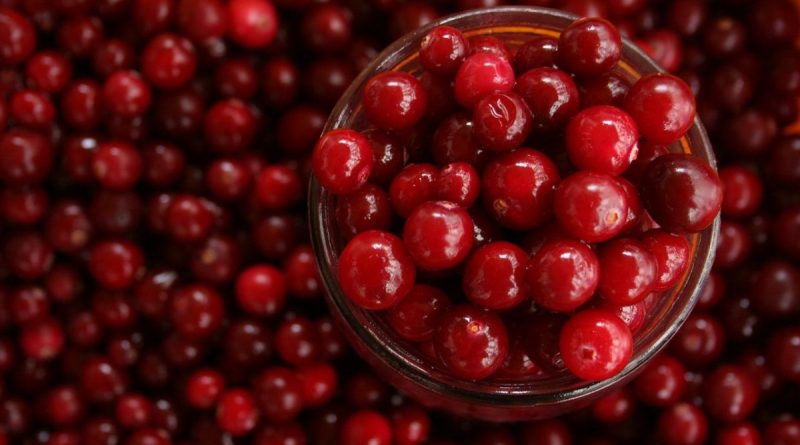7 Colors of Fruits and Vegetables to Eat for Top Nutrients | The State
The eating a variety of fruits and vegetables it helps you to control your weight, to look good and be in good health. Including them in your daily diet helps reduce the risk of many of the leading causes of illness and death, such as heart disease, type 2 diabetes, some cancers and obesity, as reported by the Centers for Disease Control (CDC).
No fruit or vegetable provides all the nutrients you need to be healthy. You need a variety of types and colors on your plate. There are at least nine different families of fruits and vegetables, each containing hundreds of different beneficial plant compounds.
The more diversity, you will consume more vitamins, minerals, antioxidants and other beneficial plant chemicals.
1. Red

Tomatoes, red peppers, pomegranate, watermelon, red apple, radish, and beets are some examples of red fruits and vegetables.
According to Healthline, red veggies get their tone and a nutritional boost from lycopene and anthocyanin. Lycopene is an antioxidant that can reduce the risk of heart disease, protects the eyes, fights infections and protects against damage caused by tobacco smoke.
Some red fruits like grenades and the strawberries they can also be rich in anthocyanins a flavonoid with antioxidant and anti-inflammatory effects that are beneficial for heart and brain health and against rheumatoid arthritis.
2. Orange

The compounds that give color to orange fruits and vegetables such as carrots, squash, sweet potatoes, papaya and melon, have their color thanks to the carotenoids. The beta carotene is a carotenoid that your body uses to create vitamin A.
Pumpkin is rich in vitamin A. One cup has more than 200 percent of the recommended daily intake of one of this nutrient that is necessary for good functioning of your immune system, that you protects from infections either by viruses, bacteria and other foreign bodies. Although in lesser quantity, pumpkin also provides vitamin C, antioxidant and necessary for the production of collagen.
3. Yellow

Bananas, oranges, corn, yellow peppers, yellow beans, and other vegetables in shades of yellow are full of antioxidants, vitamins and other components that improve health. Among these are the folate, potassium, bromine, and vitamin C.
When we say potassium, we immediately think of the banana, but there are also fruits like the apricot that provide more than double of this mineral. Half a cup of dried apricots gives you 1,101 mg of potassium, which supports kidney and heart function, muscle contraction and nerve transmission, according to the National Institutes of Health (NIH).
4. Blue / purple

Blue and purple fruits and vegetables get their color from their richness in anthocyanins, which have properties antioxidants that help limit the damage caused to cells by free radicals and contribute decrease chronic inflammation. They can also reduce the risk of heart disease, stroke, and memory problems.
The berries have neuroprotective effects and can reduce risk of Alzheimer and Parkinson. The brain is not free from oxidative stress and a review published in the Journal of Agricultural and Food Chemistry notes that eating berries can improve neurotransmission, which is the way neurons in the brain communicate.
5. Black

Here enter foods of a blue, violet and purple with a very deep pigment like black rice and black corn. Its color is due to its rich in anthocyanins“The darker the fruit or vegetable,” the more phytonutrients it is likely to contain, nutritionist Deanna Minich tells Mind Body Green.
6. Green

Chlorophyll gives color to green fruits and vegetables, some of them like broccoli, the avocado and zucchini, contain the lutein, a type of vitamin called a carotenoid which is known as “Eye vitamin”.
Other common nutrients in many of these fruits and vegetables like spinach, cabbage, lettuce, Brussels sprouts, green beans, cucumbers, zucchini, peas, green bell pepper, include vitamin A, vitamin C, vitamin K, and folic acid.
7. White

Just because they are not brightly colored does not mean that vegetables like cauliflower, Garlic, the mushrooms, onions, turnips, and navy beans lack benefits. They get their color from polyphenolic compounds with antioxidant properties called anthoxanthins.
Garlic has antioxidants and properties antibacterial. It is a particularly rich source of organic sulfur compounds.
It may interest you:
.


